Cognitive Rehabilitation, Memory Enhancement from Rob Winningham
$219.00 $65.00
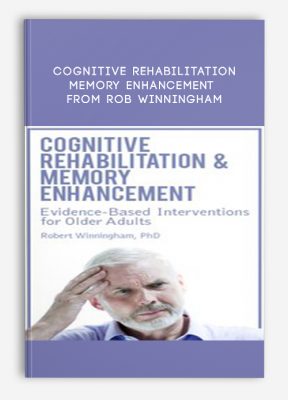
Cognitive Rehabilitation, Memory Enhancement Evidence-Based Interventions for Older Adults from Rob Winningham

Faculty:Rob Winningham
Duration:6 Hours 02 Minutes | Format:Audio and Video
Archive : Cognitive Rehabilitation & Memory Enhancement from Rob Winningham
Get Cognitive Rehabilitation & Memory Enhancement from Rob Winningham on Salaedu.com
Outline:
USE IT OR LOSE IT: MAXIMIZING MEMORY ABILITY
- Latest research related to the “Use It or Lose It” theory of memory and aging
- 52 cognitively stimulating activities for older adults
- Cognitive enhancement intervention studies: What works and what doesn’t
MEMORY AND COGNITION
- Why do cognitive abilities change as we get older?
- What cognitive abilities decrease in older adulthood?
- What cognitive abilities are preserved in older adulthood?
- Interactive Lab: Communicating with patients/ residents as well as family members about memory and dementia issues
MEMORY AND THE BRAIN
- Neuropsychology basics
- Paying attention: The importance of the frontal lobes
- Frontal lobe: Traumatic brain injury (TBI) and mild cognitive impairment (MCI)
UNDERSTANDING DEMENTIA AND MEMORY LOSS
- Different types of dementia
- Delirium: The importance of recognizing it and getting treatment
- Symptoms and courses of the different types of dementia
- Pharmacological treatments for dementia: A primer
- Patients with traumatic brain injury
- Patients with mild cognitive impairment
DEVELOPING YOUR OWN COGNITIVE ENHANCEMENT PROGRAMS
- Where, when, and how often
- Screening participants
- Components of an effective cognitive enhancement program
- Designing group-based programs for people of varying abilities
- 20-day curriculum of cognitive enhancement activitie
COGNITIVE REHABILITATION ACTIVITIES
- Password-protected website
- How to use it
- Tools readily printed and implemented
- Activities for improving cognitive abilities
- Introduction to the activities
- Specific cognitive abilities improved by each activity
- Interactive Lab: Practice cognitive rehabilitation activities in small groups
MOTIVATING DEPRESSED, APATHETIC, AND ANXIOUS CLIENTS
- Apathy
- Depression
- Agitation
- How to motivate people to get the most out of therapy and activities
Get Cognitive Rehabilitation & Memory Enhancement from Rob Winningham on Salaedu.com
Description:
Techniques to Slow, and Even Reverse, Memory Problems
Millions of older adults are suffering from impaired memory and attention. These deficits can affect where people can live, how much support they will need, and their quality of life. Although recent research has found that memory enhancement interventions are effective at preventing further decline and improving memory abilities, these resources are not widely available to professionals who work with older adults or people who have experienced traumatic brain injury. In addition, very recent research has found that physical exercise, nutritional changes, and social support interventions can improve cognitive ability and quality of life. Once again, however, the necessary resources have not always trickled down to the people who can use them.
In this cutting-edge recording, you will learn up-to-date information about memory, aging, and dementia. Learn how to implement evidence-based interventions to slow, or even reverse, memory problems. Gain web access to over 300 cognitive rehabilitation activities and social support interventions for community settings. Most of these activities and interventions are appropriate for people who want to be proactive in preventing memory loss as well as those who have mild cognitive impairment, early stage dementia, or cognitive deficits after a stroke. Learn how to take advantage of preserved cognitive abilities that allow even mid-stage dementia patients to learn new skills. Finally, learn how to motivate their apathetic and unmotivated residents and patients so you can take advantage of these breakthroughs.
Health and Medical course
More information about Medical:
Medicine is the science and practice of establishing the diagnosis, prognosis, treatment, and prevention of disease.
Medicine encompasses a variety of health care practices evolved to maintain and restore health by the prevention and treatment of illness.
Contemporary medicine applies biomedical sciences, biomedical research, genetics, and medical technology to diagnose, treat, and prevent injury and disease,
typically through pharmaceuticals or surgery, but also through therapies as diverse as psychotherapy, external splints and traction, medical devices, biologics, and ionizing radiation, amongst others.
Medicine has been around for thousands of years, during most of which it was an art (an area of skill and knowledge) frequently having connections to the religious and
philosophical beliefs of local culture. For example, a medicine man would apply herbs and say prayers for healing, or an ancient philosopher and physician would apply bloodletting according to the theories of humorism.
In recent centuries, since the advent of modern science, most medicine has become a combination of art and science (both basic and applied, under the umbrella of medical science).
While stitching technique for sutures is an art learned through practice, the knowledge of what happens at the cellular and molecular level in the tissues being stitched arises through science.
More Course: FITNESS – HEALTH – MEDICAL
Outstanding Course: Dr. Adam Harcourt On-demand – Vestibular Rehabilitation Board
1 review for Cognitive Rehabilitation, Memory Enhancement from Rob Winningham
Add a review Cancel reply
Related products
HEALTH - FITNESS - LIFESTYLE - MEDICAL
HEALTH - FITNESS - LIFESTYLE - MEDICAL
HEALTH - FITNESS - LIFESTYLE - MEDICAL
Somatic Interventions for Treating Complex Trauma with Janina Fisher, Ph.D. from Janina Fisher
HEALTH - FITNESS - LIFESTYLE - MEDICAL
HEALTH - FITNESS - LIFESTYLE - MEDICAL
HEALTH - FITNESS - LIFESTYLE - MEDICAL
HEALTH - FITNESS - LIFESTYLE - MEDICAL
Fitness Mentors – Audio Lectures, Practice Tests and Study Guide for the NASM CPT Ex
HEALTH - FITNESS - LIFESTYLE - MEDICAL

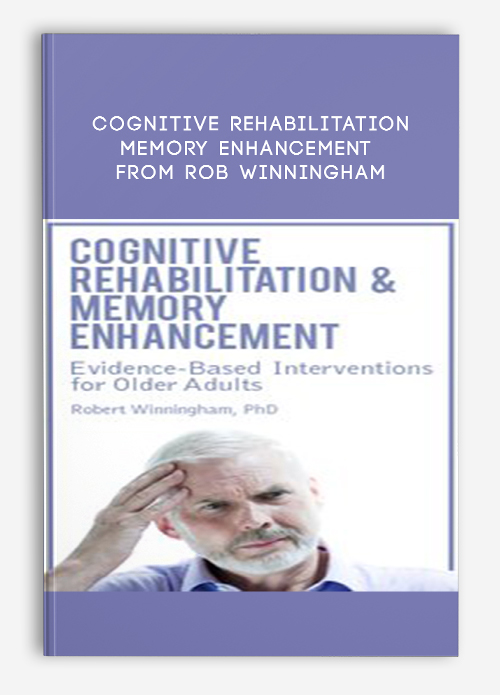

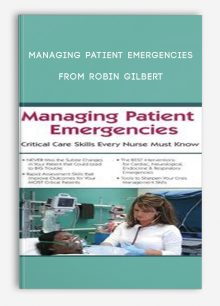
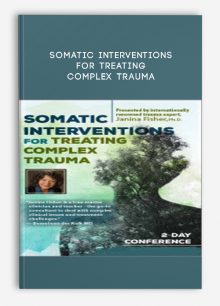
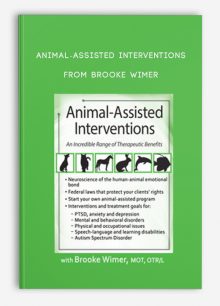
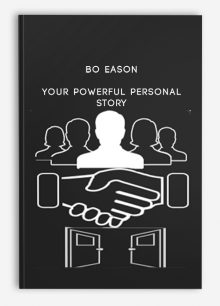

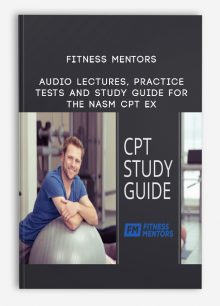
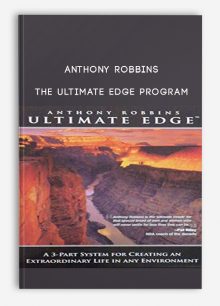
king –
“Excellent content and presentation!!”